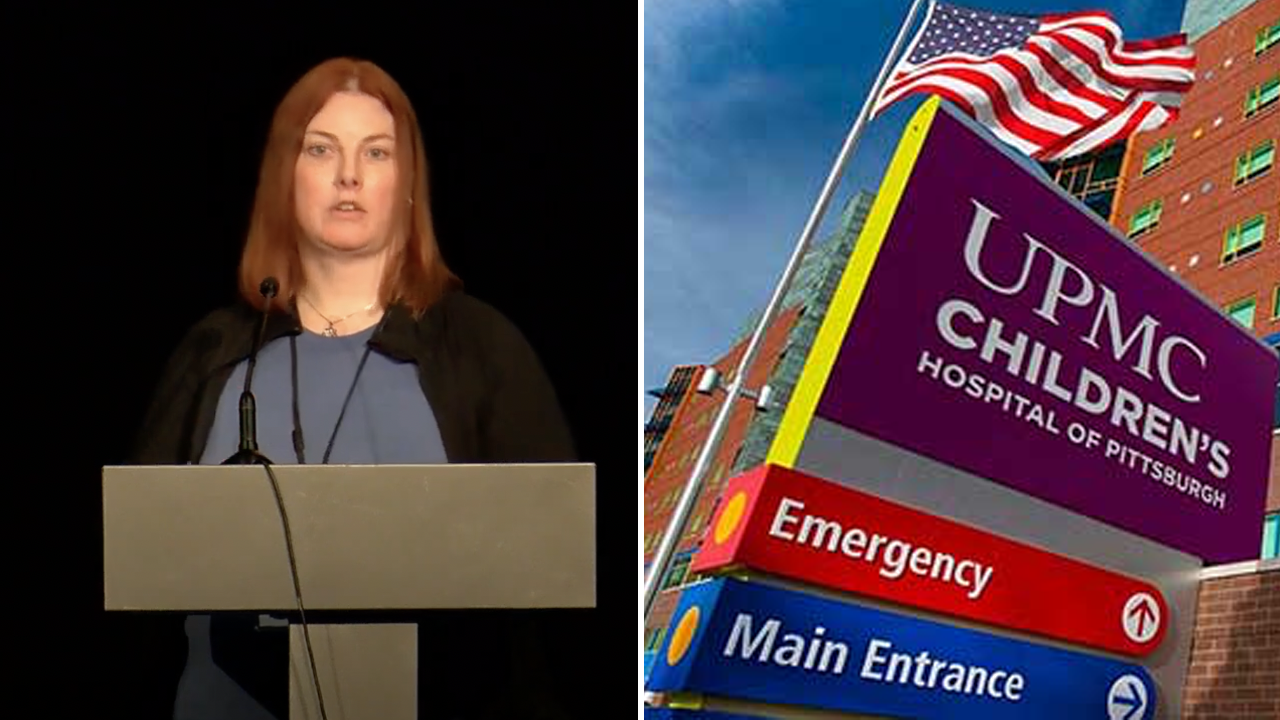wader
Well-Known Angler
HEY!!!
I'm 70! About to be 71!!
Go UGH Yourself...........................
Follow along with the video below to see how to install our site as a web app on your home screen.
Note: This feature may not be available in some browsers.

And how fast Harry plays Meghan's race card.Let's see how long it takes for the British Press blames Harry & Megan for this...
Attempt at First Satellite Launch From Britain Fails
An “anomaly” prevented a rocket from reaching orbit after its release from a jumbo jet, Virgin Orbit said.'
Britain’s attempt to get into the space launch business on Monday night came up short when a 70-foot rocket stuffed with satellites failed to reach orbit, Virgin Orbit, the company providing the launch service, said.
An hour after takeoff from an airstrip in Cornwall, in southwest England, a modified Boeing 747 released the rocket, which fired away as planned. It was supposed to take nine satellites up into low orbital positions 300 or more miles above the Earth. But Virgin Orbit said in a statement on Tuesday that the system had experienced an “anomaly” while the rocket’s second-stage engine was being fired. It had been traveling at more than 11,000 miles per hour when the mission ended prematurely.
Dan Hart, the chief executive of Virgin Orbit, said in the statement that “the first-time nature” of the mission had added layers of complexities, and that a “technical failure” appeared to have occurred. “We will work tirelessly to understand the nature of the failure, make corrective actions and return to orbit as soon as we have completed a full investigation and mission assurance process,” he said.
People in Britain’s space industry said the goal — launching satellites from British soil for the first time — would have huge importance even though Virgin Orbit, which was founded by the British entrepreneur Richard Branson, is a California company.
The ability to put satellites in space “will complete the picture for the U.K.,” said Doug Liddle, the chief executive of In-Space Missions, a British satellite maker. Mr. Liddle spoke on Monday afternoon from a highway service area on his way to Cornwall, where two surveillance satellites made by his company, with funding from agencies of the British and U.S. militaries, would be loaded onto the Virgin Orbit rocket.
British companies have for years manufactured satellites, only to have to rely on rockets in places like Cape Canaveral, Fla., or New Zealand to haul them into space. Having launch sites available in Britain “makes a huge difference in terms of being able to develop satellites and to fly them,” said Emma Jones, head of U.K. business development for RHEA Group, a space security firm, which also has a satellite on the Virgin Orbit rocket.
The launch would have been the first big payoff of an effort by the British government to bolster the country’s space industry in the wake of Brexit, which has strained scientific and business ties with the European Union, the country’s main trading partner.
Work at Newquay Airport in Cornwall to make it ready to handle satellites cost about 20 million pounds, or $24 million, financed with government and private money, according to Melissa Thorpe, the head of Spaceport Cornwall. Ms. Thorpe said she expected launches to generate revenue by the fifth year of operation.
While the current launch was delayed for around two months, Dan Hart, Virgin Orbit’s chief executive, said Britain’s effort seemed to have all the elements necessary to launch satellites. Virgin Orbit has already launched satellites from the United States and wants to establish itself as a company that can do so from anywhere a 747 can land.
“Just like in the U.S., it is a combination of commercial, civil and national security coming together that makes a space program or a space launch program successful,” he said in an interview.
Mr. Hart said the payload on the Virgin Orbit rocket, which included commercial satellites as well as devices sponsored by Britain’s Ministry of Defense and the U.S. Naval Research Laboratory, was an “excellent model” for the combined funding sources needed to sustain the expense of a full-service space program.
Now that the British authorities have had a run-through on the regulatory and other work necessary for a space launch in densely populated Western Europe, the process should be smoother next time.
“We’ve had to work very closely with Portugal, with Spain and Ireland,” because the Virgin plane “will fly through their controlled airspace,” said Ian Annett, deputy chief executive of the U.K. Space Agency, which helped finance the launch. He said commercial airlines would have to reroute flights to stay out of the way.
Working out such arrangements led to delays. “Clearly the first launch was an expensive undertaking,” Mr. Hart said. Virgin Orbit had to keep its launch team in Britain since October, making the exercise far more costly than expected, although the company said precisely how much more would be hard to estimate.
Virgin Orbit usually charges around $12 million for a launch, although the fees can vary.
Britain already has a sizable satellite industry and has been one of the leaders in designing and making the shoebox-sized, relatively cheap devices that are becoming increasingly important for communications, surveillance and other purposes.
The government expects that having the ability to send these satellites into orbit will give Britain a further edge. With modest funding, the government has encouraged receptive local authorities, like the one in Cornwall and others in Scotland, to develop sites suitable to have either vertical rocket launches or jumbo jets used as launch platforms.
Ms. Jones of RHEA Group said the prospect of having launch sites in Britain had encouraged her employer, a private Belgian company, to have its device built at Harwell, near Oxford, where there is a cluster of space companies.
Ms. Jones’s satellite is the type that analysts say represents a growth area for the space industry. The box, which measures about 1 foot by 4 inches by 4 inches, cost less than $1 million to build and is intended to be the first of a string of orbital vehicles that could be called into service if a cyberattack or a technical problem knocked out the GPS navigation system.
Ms. Jones also said she was not worried about dependence on Virgin because other launch providers in Britain were likely to be available soon.
Indeed, Mr. Annett of the U.K. Space Agency said he expected launches “in the next year” from two sites being prepared in Scotland, on the Shetland Islands, and in Sutherland, on the mainland.



Loved Pastina as a Child, Mom would put a nice lump of butter on top.

And in chicken soup!!!Lo
Loved Pastina as a Child, Mom would put a nice lump of butter on top.

Yeah I hear that is going on at a phenomenal insane pace and its really a major threat to mankind as we know it ???
Children's hospital gender program navigator touts giving uteruses from 'live donors' to trans women
A children's hospital faced criticism on social media after a community navigator discussed transplanting reproductive organs from live donors to transgender patients.www.foxnews.com
That guy is the epitome of scumbag. Typically, pols try to appear trustworthy and act with character prior to getting elected, then they become scumbags. This guy went straight to scumbag out of the gate.Unearthed clip shows liar GOP Rep. George Santos calling himself 'Anthony Devolder' in 2019 - as its revealed he refused to quit after pre-election vetting exposed his lies
By HARRIET ALEXANDER FOR DAILYMAIL.COM
- George Santos, a 34-year-old Republican, was elected to Congress in the November elections, representing parts of Long Island and Queens
- The New Yorker was since revealed to have fabricated much of his resume, claiming to have a degree and falsely saying he worked at Goldman Sachs
- He had been evicted multiple times, had a suspended drivers license, and had married a woman despite being openly gay and living with a man
- Now new footage shows Santos using another name, introducing himself at a 2019 event as 'Anthony Devolder'
- Quizzed on why he had two names, Santos said it was because he was Latino and named George Anthony Devolder Santos, and he frequently used both
- The New York Times on Friday reported Santos's staff were so alarmed by his lies they quit before the election, and an ally of Kevin McCarthy expressed concern
PUBLISHED: 22:39 EST, 13 January 2023 | UPDATED: 01:51 EST, 14 January 2023
New-found clip shows George Santos calling himself 'Anthony Devolder'
